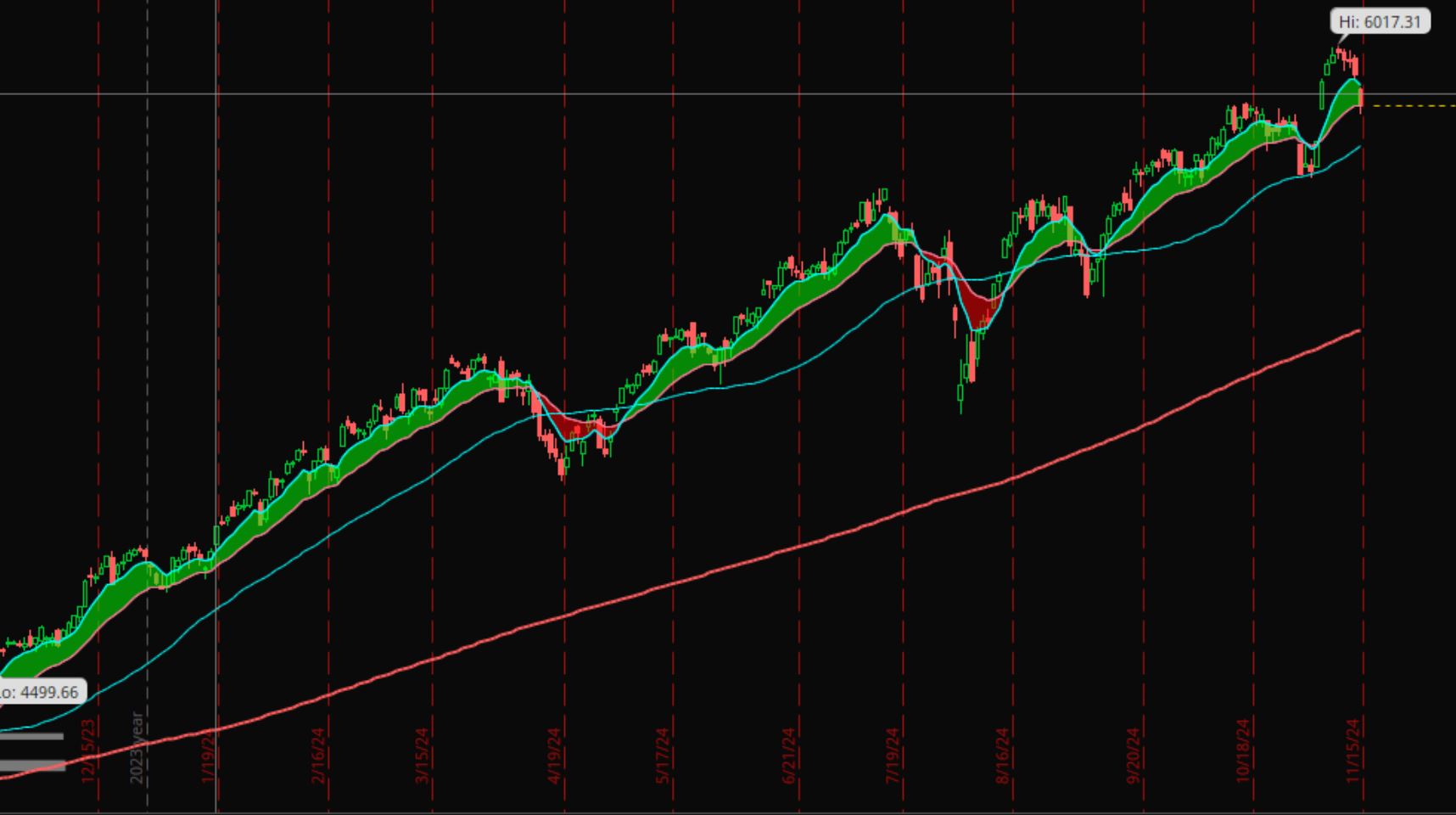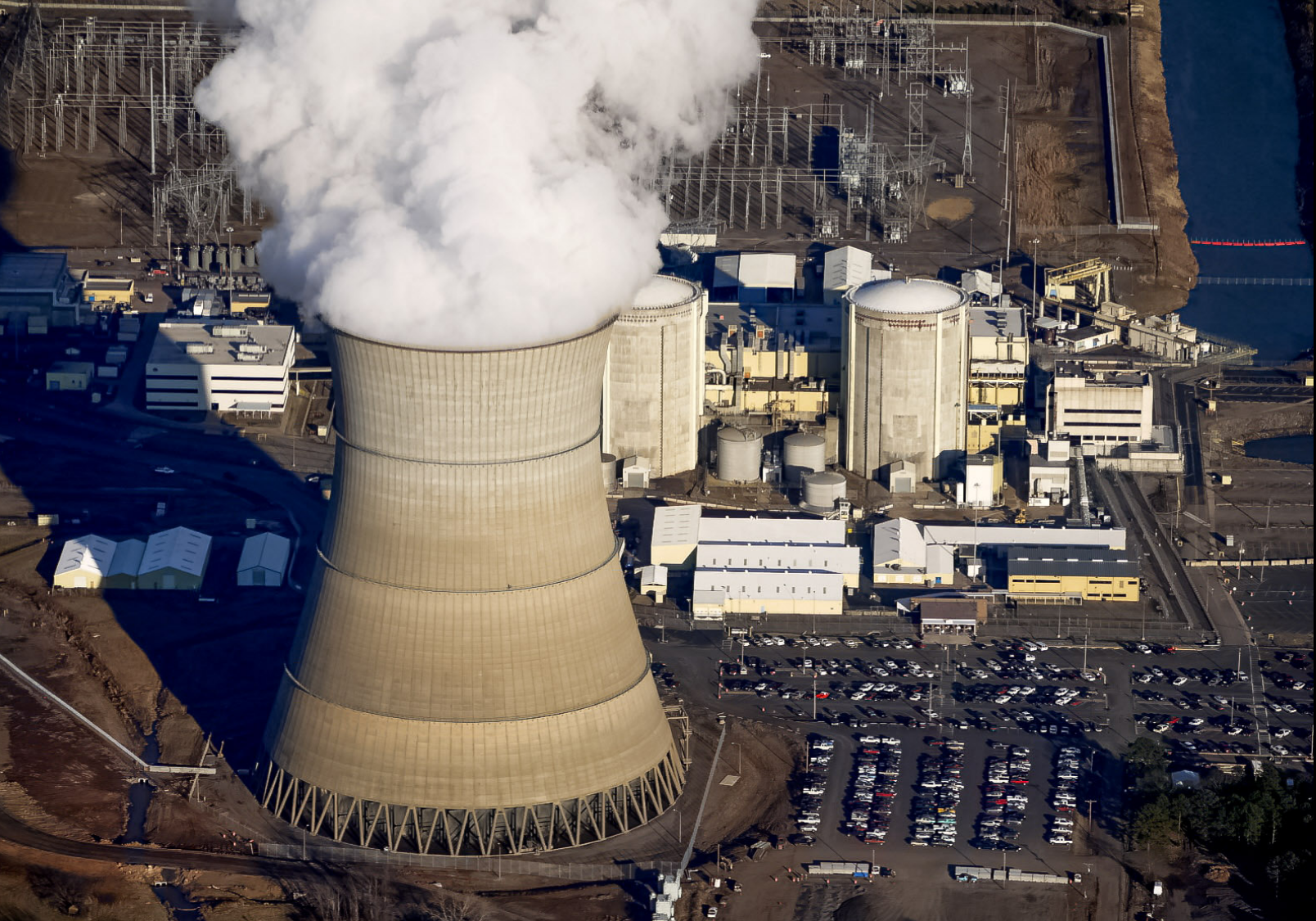Remember when electric vehicle (EV) companies were the hottest thing in the market? It wasn’t that long ago that investors were piling into EV stocks, convinced they were the future of transportation. But fast forward to today, and the enthusiasm has faded significantly. Many EV manufacturers have seen their stock prices take a beating as investors reassess the industry’s challenges—rising interest rates, supply chain constraints, increasing competition, and slowing demand in key markets like China and Europe.
One of the hardest-hit companies in this sector has been Tesla (TSLA). After reaching an all-time high in mid-December, Tesla’s stock plunged more than 55% before staging a slight rebound. This steep decline has raised concerns among investors, especially given Tesla’s historical reputation as the leader in the EV space. While broader market weakness has certainly played a role in the stock’s struggles, Tesla faces its own unique challenges as well.
Declining Sales in China and Europe
Tesla’s sales in key international markets have been declining at a concerning rate. In Europe, the company’s sales dropped 40% in February 2025 compared to the same month last year, despite an overall 26% increase in the continent’s EV market. According to the European Automobile Manufacturers’ Association, Tesla sold 16,888 vehicles in February, a sharp drop from 28,182 in February 2024, reducing its market share from 2.8% to just 1.8%. This decline can be attributed to several factors, including Elon Musk’s political affiliations, an aging product lineup, and growing competition from Chinese automakers like BYD, whose registrations in Europe surged by 94% year-over-year.
In China, the situation is even worse. Tesla’s sales plummeted by a staggering 87% in February 2025, highlighting the intensifying competition from domestic brands such as BYD, NIO, and XPeng. As Chinese automakers continue to offer competitively priced EVs with advanced features, Tesla is struggling to maintain its foothold in the world’s largest EV market.
Record-High Trade-Ins of Tesla Vehicles
Adding to Tesla’s troubles, the rate of owners trading in their Tesla vehicles has reached an all-time high. According to data from Edmunds, Tesla models from 2017 or newer accounted for 1.4% of all trade-ins until mid-March 2025, compared to just 0.4% in March of the previous year. This suggests that a growing number of Tesla owners are looking to switch brands, potentially due to concerns over the company’s brand image, leadership, or the increasing availability of compelling alternatives in the EV market.
The Elon Musk Factor
While external market forces have contributed to Tesla’s struggles, Elon Musk’s leadership has also been a point of contention. His controversial statements, political engagements, and focus on other ventures, including X (formerly Twitter) and SpaceX, have created uncertainty around Tesla’s direction. Some investors worry that Musk’s unpredictable nature and divided attention may be affecting Tesla’s ability to navigate its current challenges effectively.
The Broader EV Landscape and My Investment Stance
Despite these struggles, Tesla remains a dominant player in the EV market, boasting strong brand recognition, industry-leading battery technology, and a loyal customer base. However, as competition continues to ramp up from both legacy automakers and new EV startups, Tesla’s ability to maintain its position is far from guaranteed.
Personally, I do not invest in Tesla or the automotive industry as a whole. The sector is capital-intensive, requiring massive investments in production, infrastructure, and research and development. Additionally, competition is fierce, with both established automakers and emerging players aggressively vying for market share. The combination of high costs, unpredictable demand cycles, and razor-thin profit margins makes the auto industry a challenging investment choice for me.
As the EV landscape continues to evolve, Tesla’s future will depend on its ability to navigate these mounting challenges, innovate, and retain its competitive edge. Investors should closely monitor how the company adapts to the shifting market dynamics in the months ahead.












Leave a Reply